Why do we still have no consensus on how to approach menopause?
From HRT to fears about over-medicalisation, navigating menopause and perimenopause can be confusing. In our new health series, we will put your most pressing questions to some of the most respected voices in this field.
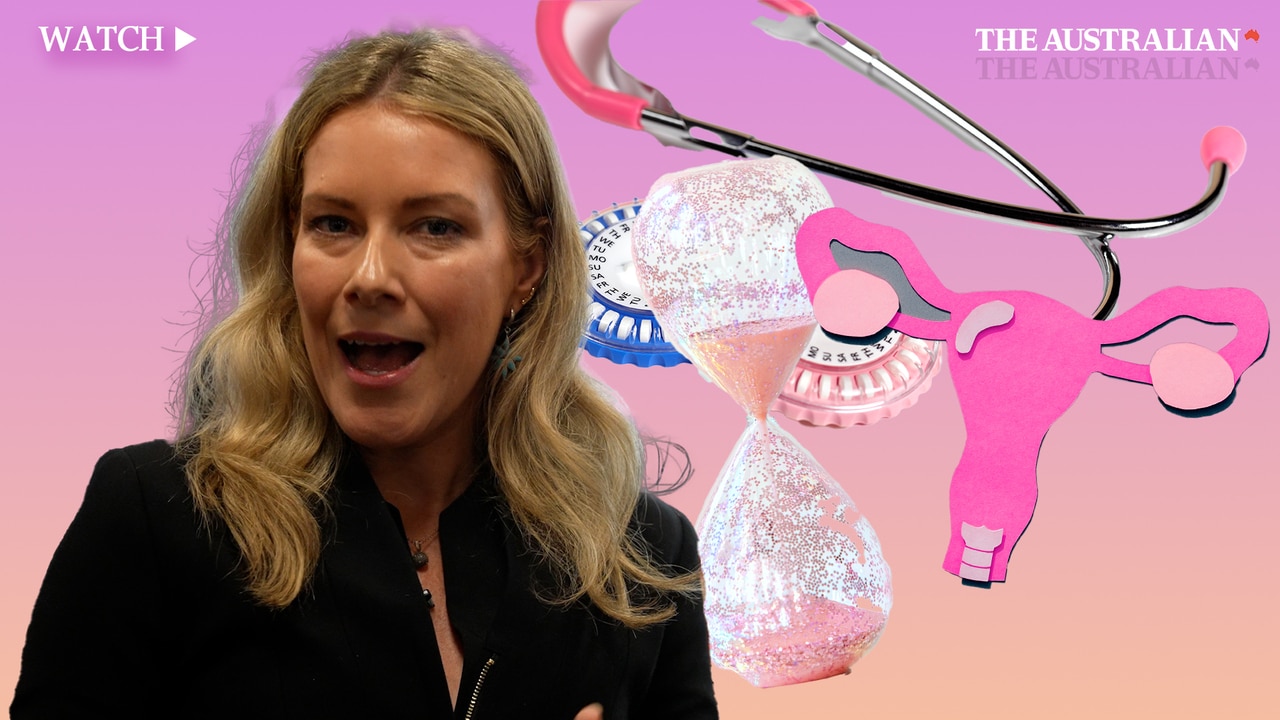
When a friend recently revealed she was in early menopause it came as a shock to us both. Her diagnosis offered little in the way of comfort even though it finally explained symptoms she had been experiencing.
Her period had stopped months earlier, she was getting hot flushes to the point where she thought she would pass out, her body shape had changed and her skin felt as if it were crawling. She told me her GP said she was too young, at 40, for menopause and they should look for other causes. In Australia, the average age of menopause is 51. The search for answers continued and none of the other possible answers sounded great.
A blood test later revealed she was not, in fact, too young for menopause. When the confirmation came, her doctor gave her a website address to look up more information. That, she said, was it.
Now she’s trying to figure out this new stage of life and educate herself about what she should be doing to stay physically and mentally healthy. As she navigates all of this and tries to find reputable help and assurance, a multibillion-dollar industry is waiting in the wings and promising solutions – mostly untested ones – at a cost.
My friend’s story is symbolic of a deeper problem for those going through menopause and perimenopause – they’re unsure of exactly what to do or who to trust and when they do seek out answers they may not feel assured by the response.
Menopause and perimenopause are hot (sorry) topics right now. If you’re a woman aged 35 or older, there’s a high chance your algorithm is spamming you with ads for IVF or the latest in alleged menopause or perimenopause advice and treatments. For the women caught in the middle, the noise can be overwhelming.
To help cut through that, The Australian’s health team is launching a new series focused on menopause and perimenopause. We will bring you the latest scientific and medical research and put pressing questions to some of the most reputable voices in the field. Together, we will aim to equip you with the knowledge and tips to try to help you live a vibrant and healthy life.
How did we get here?
Even just a few years ago, menopause was a topic discussed in hushed tones. It was banished to the far corners of health discussion in response to a large study in the US more than two decades earlier.
The Women’s Health Initiative hormone therapy trials were to be the first robust studies to determine the benefits and risks of hormone replacement therapy versus a placebo. However, when initial results were released in 2002 suggesting there was a heightened risk of serious health complications, including breast cancer, stroke, heart attacks and bloody clots, from the use of some HRT the trials were abandoned and concern sunk in.
At the time, HRT (also known as menopause hormone therapy or MHT) was the go-to treatment for menopause symptoms and it was estimated that 40 per cent of postmenopausal women in the US were taking it.
Susan Davis is an internationally recognised expert on sex hormones and ageing. She is also the head of the women’s health research program at Monash University and a fellow of the Australian Academy of Health and Medical Research, and she remembers that time well but not fondly.
“That, understandably, frightened women, frightened doctors, and literally, overnight, menopause became something people didn’t talk about,” she says. “For the next 15 years, or even longer, no one would prescribe HRT, or very few of us were still prescribing it. It was seen as something risky.
“Even research in menopause just shut down. That created this real hiatus that started to be filled by complementary therapies and people with alternative views.”
Research and analysis has since suggested those initial findings lacked important context about the patient risk profiles. On its website, the Australasian Menopause Society now advises HRT is “safe to use for most women in their 50s or for the first 10 years after the onset of menopause”.
At the same time, Davis says effects of the 2002 study remained, leaving patients and even some doctors confused. “Historically, women were coming to their doctors and if she suggested HRT, the women got upset,” she says.
“It got to the point the doctors didn’t want to talk about it because they’d had such a backlash if they even suggested hormones because it was like suggesting poison. Now, some doctors are like: ‘Oh my gosh, these patients actually want hormones and I’m not really sure what’s available.’ So, I think in part, women haven’t been listened to but, in part, doctors were vilified if they’d even suggested hormone therapy.”
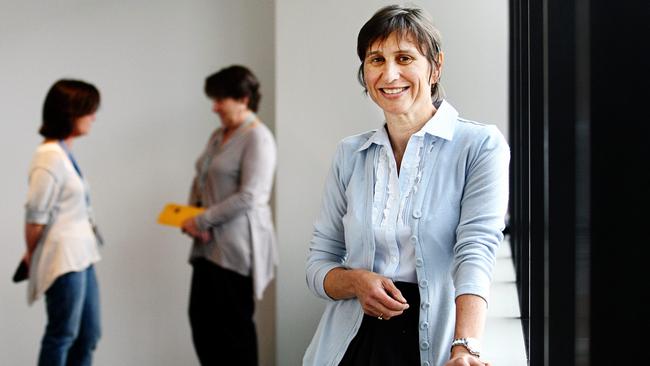
When it comes to menopause, there is no consensus
There are arguably three core reasons menopause is having a moment: demand, social media and money.
Sarah White is chief executive of the organisation Jean Hailes for Women’s Health and she says the changing workforce has played a significant role.
“We’re seeing more women in the workplace, women who are chief executives, chief financial officers, heads of human resources; we’re seeing women stepping up into those leadership positions and actually acknowledging menopause as an issue and bringing it out into a discussion in the workplace,” White says.
It also has become a big topic online, with A-listers, influencers and celebrity doctors speaking about their experiences of menopause and perimenopause and their lack of treatment options or how certain treatments have worked wonders for them. When they began to do that, women around the world listened and felt seen and wondered if they, too, could benefit from treatments such as those used by some of the influencers they were watching.
But what began as a grassroots movement to find solutions, community and support was quickly targeted by those who saw financial opportunity. Menopause has now become big business. Estimates of its worth vary but international analysis by Straits Research has suggested the global market could sit around $US17.66bn ($28.3bn) this year and grow to $US27.63bn by 2033.
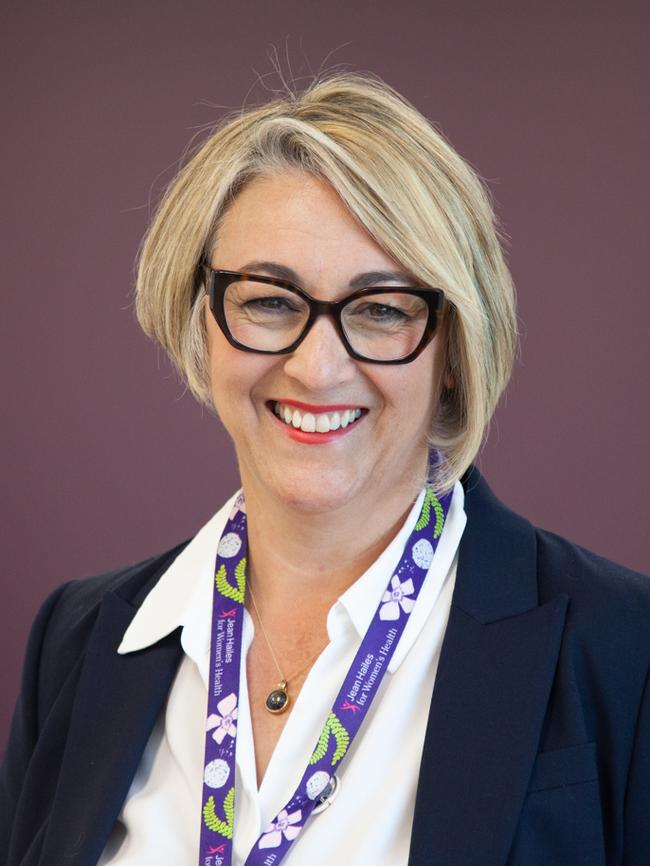
“There are a lot of companies who are seeing that women now in their midlife have a lot of purchasing power, and so we are certainly seeing some of the conversation being driven by organisations selling products targeting menopause and targeting midlife women,” White says.
“We also have women who are very vulnerable to exploitative marketing, particularly online supplements. We know women are spending a huge amount of money on supplements rather than going to their doctor for treatments.”
Even within the medical profession there are differing views about the general approach to menopause and perimenopause and treatment options available to those who want them. In one camp are doctors who worry therapies are being gatekept from patients and should be made more available. In another camp are those who worry menopause has been catastrophised for financial gain and, as a result, over-medicalised.
Those concerns were highlighted earlier in 2024 when The Lancet published a series on menopause. The first paper in the series was titled An Empowerment Model for Managing Menopause. The authors, including Martha Hickey, professor of obstetrics and gynaecology at the University of Melbourne, argued over-medicalisation of menopause “could lead to disempowerment and over-treatment”. They said most women navigated menopause without the need for medical intervention, “but some experience symptoms that affect function and quality of life. Those seeking medical care are often looking for information rather than drug treatment unless their symptoms are severe.”
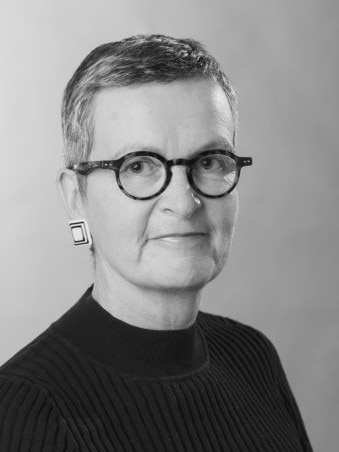
In Australia, a Senate inquiry into menopause and perimenopause made 25 recommendations, largely around improved awareness and workplace adjustments. It suggested the government launch a national menopause and perimenopause awareness campaign and for the Australian Medical Council to “work with Medical Deans Australia and New Zealand to ensure that menopause and perimenopause modules are included in all medical university curriculums”.
Menopause and its symptoms
Menopause is a natural stage of life after a woman’s period ends permanently and she can no longer become pregnant. Its driver is a drop in reproductive hormones that can begin years earlier during a phase known as perimenopause. For some people, perimenopause can attract similar symptoms to menopause and can last, on average, for four to eight years.
Not everyone will have a tough time in menopause or the years following it, and some women report their post-menopause years as some of their most liberating. Estimates suggest around a quarter of women won’t experience any symptoms.
“About one in four will have severe symptoms going through menopause, and the remaining half will have mild to moderate symptoms,” White says.
“African-American women have been shown to go through menopause earlier and have really worse symptoms and Asian women tend to have joint pain rather than hot flushes. So, there’s a difference based on ethnicity as well.”
Two of the most well known side effects of menopause are hot flushes and night sweats. According to the 2023 Practitioner’s Toolkit for Managing Menopause, endorsed by the Australasian Menopause Society, other symptoms can include vaginal irritation and dryness, a frequent need to urinate, recurring urinary infections, low mood, anxiety, irritability, disturbed sleep, low sex drive, fatigue, headaches, cognitive changes such as impaired memory and concentration and musculoskeletal pain.
Those who experience mild to moderate symptoms may benefit from lifestyle and wellbeing changes, including to diet, clothing and small workplace adjustments. For people who experience particularly troublesome symptoms, therapies such as hormone replacements might be considered. We will discuss more on this in future coverage.
Symptoms or not, Davis says women should speak with their doctor when they notice menstrual changes.
“Even women with little to no symptoms can have changes in their body that will affect their health that they don’t notice. So, you don’t notice bone loss, but women without symptoms will still get bone loss at menopause. You don’t notice your cholesterol going up, but it will change at menopause. You don’t notice your blood pressure possibly changing, but for some women it changes at menopause.”
Above all, Davis says it is important women equip themselves with sound advice so they enter this new phase of life full of knowledge and empowerment rather than fear and misinformation. She says it is also a special time to focus on you and your own happiness.
“It’s a really important time to focus on diet and exercise and sleep hygiene and things that make you feel good. Take time out to actually look after your body and soul.”
As for my friend, she was finally able to convince her doctor to refer her to a menopause specialist and is on a waiting list. Until her appointment, she is reading lots of educational books about the mind and body, and doing her best to manage her symptoms alone.




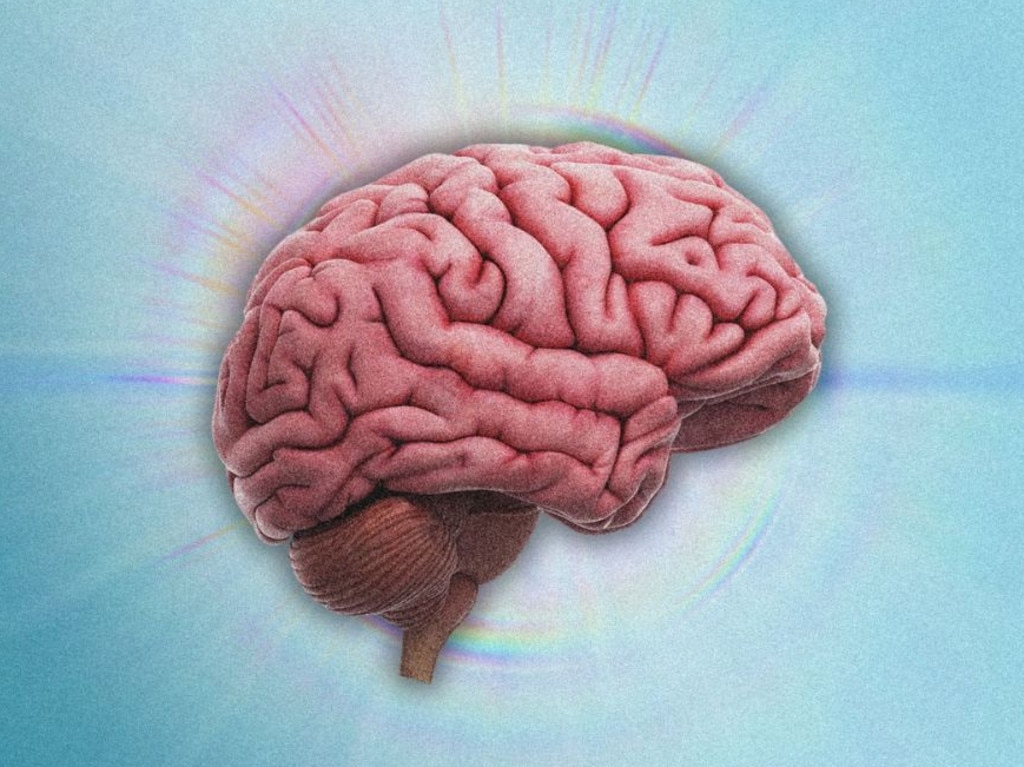
To join the conversation, please log in. Don't have an account? Register
Join the conversation, you are commenting as Logout